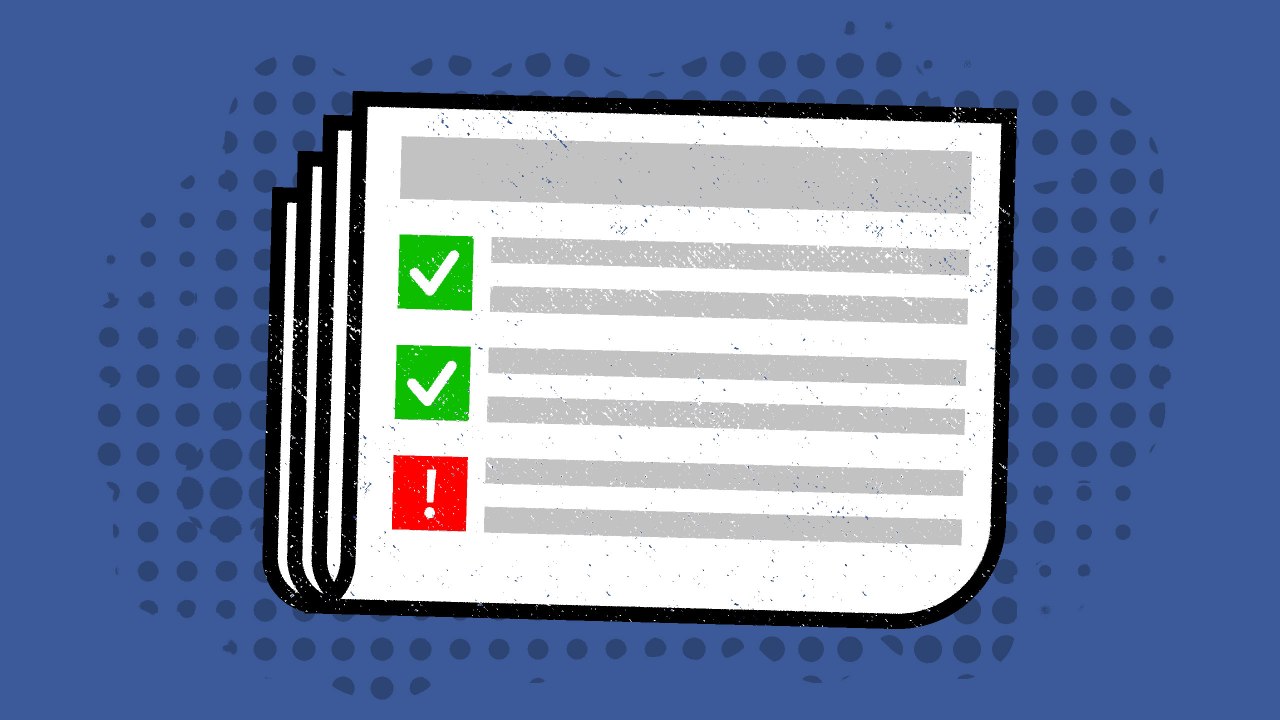As technology continues to evolve, so does the landscape of information dissemination across the globe. With the rise of artificial intelligence (AI) tools capable of creating what can appear to be authentic content, the European Union (EU) is stepping up its efforts to combat disinformation. The message from Brussels is clear: platforms must learn to recognize and label AI-generated content. This push intends not just to educate users but also to bolster transparency in our digital communication.
Understanding the Risks of AI in Communication
Vera Jourova, the EU’s values and transparency commissioner, recently highlighted the dual nature of advanced AI technologies during her address to the 44 signatories of the Code of Practice on Online Disinformation. While AI can unlock avenues for creativity and efficiency, it also poses substantial risks related to misinformation. Generative models, such as ChatGPT, and various visual creation tools can now produce complex texts and images in a matter of seconds, making it increasingly difficult for the average user to discern fact from fiction.
AI-Generated Content: A Call for Transparency
The core of the EU’s strategy lies in transparency — both in recognizing and categorizing content that emanates from AI systems. The current version of the Code lacks a definite requirement for identifying or labeling deepfakes, but the Commission is pushing for change. Jourova pointed out two significant angles of discussion for improving the Code:
- An emphasis on platforms that incorporate generative AI, mandating them to implement safeguards to prevent misuse.
- A request for signatories with the potential to distribute AI-generated disinformation to adopt technologies that recognize and label such content.
This means that users should be able to instantaneously identify whether the content they’re interacting with is machine-generated. The EU desires that labeling is not only prompt but also comprehensible, reinforcing the idea that while machines can churn content rapidly, they should not operate in the shadows.
Enforcement and Immediate Expectations
The urgency echoed by Jourova cannot be overstated. With compliance deadlines looming under the Digital Services Act (DSA), the EU seeks immediate action from platforms. Jourova indicated that the disinformation Code could be a more expedient route for implementing labeling requirements compared to the DSA’s provisions. However, she also reminded major platforms that responsibility and accountability go hand in hand; there’s no room for ambiguity when dealing with potentially harmful content.
Platforms have recently been put on notice, especially concerning the dissemination of dangerous disinformation stemming from geopolitical tensions, particularly amid Russia’s ongoing propaganda efforts. The Commissioner reiterated the need for consistent moderation and fact-checking, emphasizing that small nuanced languages and minor nations are equally susceptible to these narratives.
Tackling the ‘Twitter’ Effect
The recent withdrawal of Twitter from the EU’s Code has raised eyebrows, prompting concern about the future of effective disinformation management on that platform. By severing ties, Twitter risks falling short of the expectations set forth by the DSA and facing consequences in the not-so-distant future. As Jourova pointed out, the Commission is prepared to scrutinize Twitter’s compliance closely, highlighting that non-compliance could result in significant penalties.
Balancing Freedom of Speech with Responsibility
One of the underlying themes throughout Jourova’s address was the necessity to uphold freedom of speech while placing limits on AI’s capabilities. Citing long-standing legal principles, the Commissioner stated, “I don’t see any right for machines to have freedom of speech.” This contention underlines the importance of establishing boundaries to prevent harmful content generated by AI systems from flooding our platforms.
The Path Forward
The landscape of digital communication is changing rapidly, and with it, the strategies to counter disinformation need to adapt as well. As the EU prepares for upcoming reports on AI-generated disinformation risks, it has called upon signatories to develop and share safeguards they are enacting to counteract misinformation.
The ball is now in the court of technology companies. Will they rise to the occasion and commit to safeguarding the truth? The EU’s message is straightforward: cooperation and accountability are not optional; they are essential for a truthful digital future.
At **[fxis.ai](https://fxis.ai)**, we believe that such advancements are crucial for the future of AI, as they enable more comprehensive and effective solutions. Our team is continually exploring new methodologies to push the envelope in artificial intelligence, ensuring that our clients benefit from the latest technological innovations.
For more insights, updates, or to collaborate on AI development projects, stay connected with **[fxis.ai](https://fxis.ai)**.

